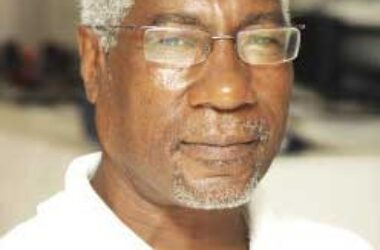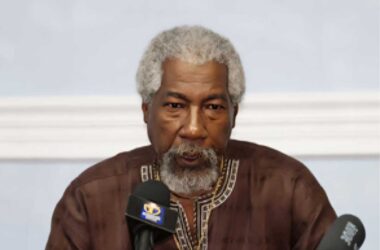“WE have taken the first steps in a new historical stage of the struggle for what is ours.” Pronounced Nicolàs Maduro, the embattled President of Venezuela, following the outcome of a national referendum that took place in Venezuela on December 3rd, 2023 to claim sovereignty over the Essequibo Territory, presently a part of the territory of Guyana.
The boundary dispute between Venezuela and Guyana began in 1841. Venezuela accused Britain of encroaching on its territory. Guyana, at that time, was known as British Guiana and had been under the rule of Britain since 1814, by way of the Anglo-Dutch Treaty with the Netherlands. For reasons unknown to many, the treaty did not fix a western boundary.
As a result, the British commissioned a surveyor, Robert Schomburgk, to establish that boundary. The 1840 survey resulted in what came to be known as the Schomburgk Line, a boundary that effectively claimed an additional 30,000 square miles for Guiana into the territory. Today, this additional land, known as the Essequibo Region makes up approximately 70% of Guyana. The area is home to approximately 125,000 indigenous people and is rich in natural and mineral resources such as oil, gold, silver, manganese, magnesium, bronze, nickel, limestone and uranium.
Why has the Venezuela reignited the boundary dispute potentially giving rise to armed conflict between the two countries with serious geopolitical ramifications? That is the million-dollar question, as both parties signed acceptance to the conditions of the Geneva Agreement of February 17th, 1966. Basically, the Agreement delineates the steps taken to resolve the dispute over the Essequibo Region by Venezuela and Britain.
It is a well-known fact that Venezuela has the largest oil deposits in the world, yet the nation’s economy remains in the doldrums. Inflation is sky-high, hovering in the vicinity of 300 percent. The population is struggling to survive to the extent, that over 2,000 citizens flee the country daily. Since 2014, approximately 7.3 million Venezuelans have sought a better life abroad. Regardless of all the information to hand regarding the status of the economy, the buck stops with Mr. Maduro.
The bottom line of the dispute hinges on President Maduro’s attempt to divert the attention of the Venezuelans from his steadily declining loss of popularity. His fall from political favour has been unremitting since the last general elections. His fears and disconcertment has been further exacerbated by the prospects of an impending, internationally scrutinized, national elections sometime next year. To address his decline at home and in the polls, it appears that Maduro has reignited a situation which holds no water but, in the eyes of the public, he seeks to evoke national solidarity against a militarily feeble and supposedly, affronting neighbour.
Maduro is on a wild goose chase and placing his reliance on Russia, Iran and China for support who incidentally remain in some manner of drastic contention with the United States of America. Maduro, if successful in his plan, may very well be introducing a new kind of discord in our region. A situation that this region last witnessed with the invasion of Grenada by the United States and a coalition of six Caribbean nations several decades ago. President Maduro needs to get his act together and endeavour to run Venezuela competently based on the nation’s massive oil resources, forget the mimicry he has in mind, and maintain his amicable and mutually beneficial diplomatic relationships with Caricom and the rest of the Western World.











